Thermal Management and Heat Dissipation
Thermal management and heat dissipation are two of the most critical issues that arise during the design process of isolated gate drivers. These elements are quite important because temperature has an effect on gate drivers' dependability, performance, and longevity.
Heat Generation Sources: In isolated gate drives, the primary sources of heat generation are two different sources, respectively. First, the power that is lost within the driver itself, particularly when the gate capacitances are being charged and discharged,. There is also the possibility that heat could originate from neighboring power devices, such as MOSFETs or IGBTs, particularly in small designs where components are packed in close proximity to one another.
Thermal Management Importance: The importance of thermal management In order to prevent overheating, it is essential to have efficient thermal management, which can result in decreased efficiency, the possibility of thermal runaway, and the failure of electronic components. There is a correlation between inadequate heat dissipation and the acceleration of component ageing, which in turn leads to decreased dependability and shorter device lifetimes.
Design Strategies for Heat Dissipation: In order to overcome these obstacles, a number of different solutions are utilized, including the following:
- Heat Sink Integration: The integration of heat sinks involves the utilization of heat sinks in order to enhance the surface area that is accessible for the purpose of heat dissipation. To a large extent, the efficiency of heat sinks is determined by the material that they are made of (such as copper or aluminum), as well as the design of the heat sinks themselves (fins or pin arrays).
- Thermal Interface Materials (TIMs): They are materials that are utilized to enhance thermal conduction between the heat source, such as a gate driver integrated circuit (IC), and the heat sink. The purpose of thermal interface materials (TIMs) is to improve thermal transfer by filling air gaps and microscopic imperfections.
- PCB Layout Optimization: The optimization of the layout of printed circuit boards (PCBs) can promote heat dissipation if it is done with care. It is possible to reduce the amount of localized heating by employing techniques such as the strategic arrangement of components and the utilization of thermal vias, which are used to transfer heat away from hot components.
- Advanced Packaging Technologies: The utilization of packages like exposed-pad packages that enhance thermal performance has the potential to greatly enhance heat dissipation throughout the packaging process. In order to improve heat transfer, these packages provide a direct thermal connection to the printed circuit board (PCB).
Thermal Modeling and Simulation: During the design process, advanced thermal modeling and simulation are utilized in order to forecast and control the thermal behavior of the system. The identification of hot spots, the comprehension of the transport of heat within the device, and the optimization of the design for improved thermal performance are all facilitated by these simulations.
Monitoring and Protection Mechanisms: It is of the utmost importance to put temperature sensing and protection measures into operation. These mechanisms are able to detect when the temperature is too high and then take preventative measures, such as turning off the gate driver, to avoid any potential harm.
Ensuring Reliability in Adverse Conditions
During the design process, ensuring the dependability of isolated gate drivers in challenging environments is crucial. High temperatures, mechanical stress, chemical exposure, and electrical stresses such as voltage spikes and surges are all examples of conditions that can be considered to be included. For applications ranging from industrial automation to automotive and renewable energy systems, reliability in these conditions is of the utmost importance.
High-Temperature Operation: Isolated gate drivers frequently perform their functions in situations that have high temperatures. When selecting components, it is necessary to take into consideration their capacity to tolerate high temperatures without deteriorating. In order to accomplish this, it is necessary to make use of materials and semiconductors that have high thermal stability and to build circuits that are capable of functioning effectively at higher temperatures.
Mechanical Stress: Applications such as the aerospace and automotive industries can subject mechanical stress gate drivers to considerable mechanical stresses, such as vibrations and shocks. In order to achieve mechanical robustness, it is necessary to make use of durable packaging, secure mounting procedures, and reduce the number of mechanical connections that have the potential to become failure spots.
Chemical and Environmental Exposure: Components can experience accelerated ageing and failure if they are exposed to harsh chemicals, moisture, or conditions that are corrosive. Among the measures that are used to reduce the impact of these risks are protective coatings, hermetic sealing, and the use of materials that are resistant to corrosion.
Electrical Stresses: Voltage spikes and surges, which are examples of transients, have the potential to cause immediate damage or to lower the gate driver's performance over time. A robust design incorporates surge protection devices, arranges components carefully to reduce parasitic inductances, and uses components that can withstand higher levels of stress.
Protection Circuits: It is vital to implement protection circuits in order to safeguard against conditions such as thermal overload, over-voltage, and over-current. These circuits have the ability to identify potentially harmful conditions and take corrective action such as turning off the gate driver or sending a warning to the control system, after they have been identified.
Redundancy and Fail-Safe Designs: Introducing redundancy and fail-safe mechanisms into designs can improve reliability. This is especially useful for applications that are considered to be of vital importance. To accomplish this, it may be necessary to design circuits that automatically transition to a safe state in the event of a malfunction or to use numerous parallel routes for important functions.
Testing and Validation: We must conduct demanding testing under simulated adverse situations to validate the dependability of the gate driver. Stress testing, accelerated ageing tests, and operating the device at extremes of temperature, voltage, and mechanical stress are all included in this category of testing.
Handling High-Frequency Transients
One of the most significant challenges in designing isolated gate drivers is managing high-frequency transients. These transients, which are frequently characterized by rapid fluctuations in voltage or current, can occur as a result of switching actions in power electronics circuits. This is especially true in applications that involve high-speed switching semiconductors such as IGBTs and MOSFETs.
Sources and Impacts of High-Frequency Transients: Sources of high-frequency transients and their effects power device switching often triggers high-frequency transients in gate drivers. This can have a number of different effects. These transients have the potential to trigger the gate driver incorrectly, degrade the signal's integrity, and cause damage to either the gate driver or the power device under its control. They have the potential to cause a catastrophic collapse of the power electronics system in extreme circumstances.
Design strategies for transient handling:
- Snubber Circuits: To reduce the impact of transients, snubber circuits are frequently employed as a standard method of mitigating their impacts. Constructed to contain and release the energy associated with these high-frequency events, they safeguard both the gate driver and the power device.
- PCB Layout Considerations: It is of utmost importance to carefully consider the layout of the printed circuit board (PCB) in order to minimize the impact of transients. This involves minimizing trace lengths, employing appropriate grounding procedures, and strategically positioning decoupling capacitors in order to reduce impedance channels and limit transient propagation.
- Gate Resistance Optimization: The optimization of gate resistance is a crucial aspect in the driver circuit, as it plays a large role in managing the rise and fall times of the gate voltage. This, in turn, has an impact on transient behavior. In order to achieve a balance between switching rates and transient suppression, optimizing the gate resistance can be of assistance.
- Use of Shielding and Guard Rings: Implementing shielding techniques and guard rings can be beneficial in protecting critical portions of the circuit from electromagnetic coupling of transients.
- Filtering and Damping: The utilization of filters and damping elements can be of assistance in the process of attenuating high-frequency components of the transients, hence lowering the influence that these components have on the gate driver and the regulated power device.
- Robust Component Selection: When selecting components for the gate driver circuit, it is important to ensure that they possess the capability to endure high-frequency transients if they are to be considered robust. Among these are the selection of components that have higher voltage and current ratings, as well as improved transient response characteristics.
Testing and Simulation: In order to guarantee the efficient management of high-frequency transients, simulation techniques are utilized during the design phase to mimic the responses of the gate driver to transient behaviors and the effects those behaviors have. Furthermore, in order to validate the efficiency of the design ideas, it is essential to conduct extensive testing in conditions that are very similar to those that occur in the actual world.
Electromagnetic Interference (EMI) Considerations
In the design of isolated gate drivers, electromagnetic interference (EMI) considerations are of the utmost importance, particularly because of the high-frequency switching operations that they perform. Electromagnetic interference (EMI) can disrupt the integrity of signals, affect the functioning of sensitive devices in close proximity, and cause compliance issues with regulatory standards.
Understanding EMI in Gate Drivers: The frequent switching of power semiconductors is the leading cause of electromagnetic interference (EMI) in gate drivers. The transitions in question have the potential to generate both radiated and conducted emissions. The transmission of radiated emissions to other components of the system is accomplished wirelessly, whereas the transmission of conducted emissions occurs through cables and PCB traces. Interference from electromagnetic fields (EMI) can occur with other electronic components, which may result in erratic performance or data corruption.
Key considerations for EMI management:
- PCB Layout and Design: A well-designed printed circuit board (PCB) layout is essential for reducing electromagnetic interference (EMI). Among these are the utilization of small trace lengths, the implementation of appropriate grounding procedures, and the utilization of differential signaling wherever it is doable. Reducing electromagnetic interference (EMI) can also be accomplished by separating high-speed signal traces from sensitive analogue sections and by utilizing ground planes.
- Filtering and Shielding: This technique entails the use of filters at strategic locations to suppress high-frequency noise that is not desired. Shielding techniques, such as metal enclosures or shielded cables, have the potential to be effective in controlling radiated emissions.
- Control of Switching Transients: When it comes to electromagnetic interference (EMI), the source of the problem is frequently found in the switching transients. It is possible to reduce electromagnetic interference (EMI) by slowing down the switching edges; however, this must be weighed against the effects on efficiency and performance.
- Component Selection and Placement: One way to reduce electromagnetic interference (EMI) is to choose and position components in such a way that they have lower parasitic inductance and capacitance. When it comes to regulating electromagnetic interference (EMI), the placement of components is also very important. For example, decoupling capacitors should be placed close to power switches.
- Use of Snubber Circuits: Snubber circuits have the capability to reduce electromagnetic interference (EMI) by dampening voltage and current spikes that occur during switching.
- Compliance with Standards: There are a number of international electromagnetic interference (EMI) standards that gate drivers are required to comply with. For this purpose, thorough testing is performed in standardized settings in order to guarantee that the emissions do not exceed the limitations that have been specified.
- Simulation and Modeling: Through the utilization of sophisticated simulation tools, gate drivers can be predicted to exhibit electromagnetic interference (EMI) behavior, thereby enabling designers to address possible difficulties during the design phase.
Testing for EMI Compliance: Standard techniques for measuring and analyzing the electromagnetic interference (EMI) characteristics of gate drivers include testing in anechoic chambers and employing spectrum analyzers. However, testing for EMI compliance is not required. These tests are helpful in determining problem regions and determining whether or not electronic interference (EMI) mitigation measures are effective.

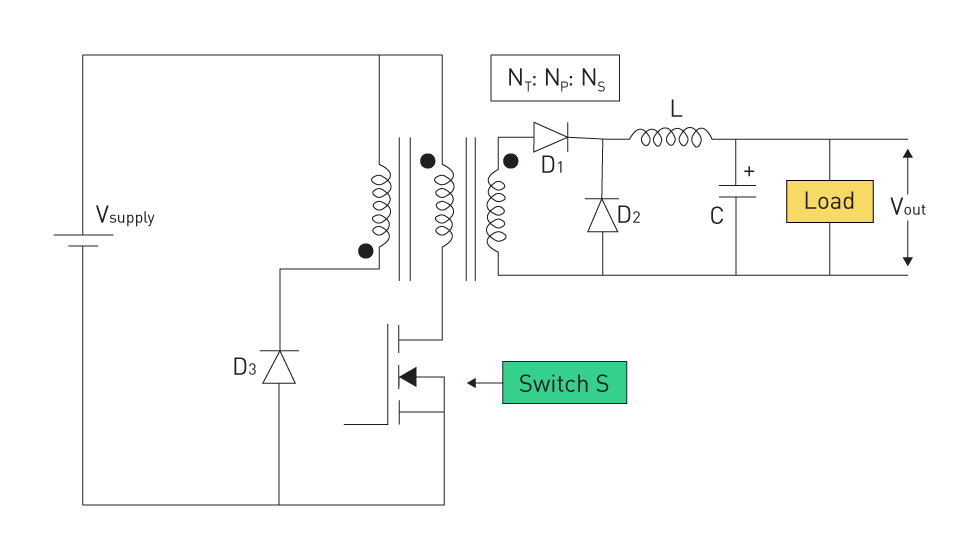
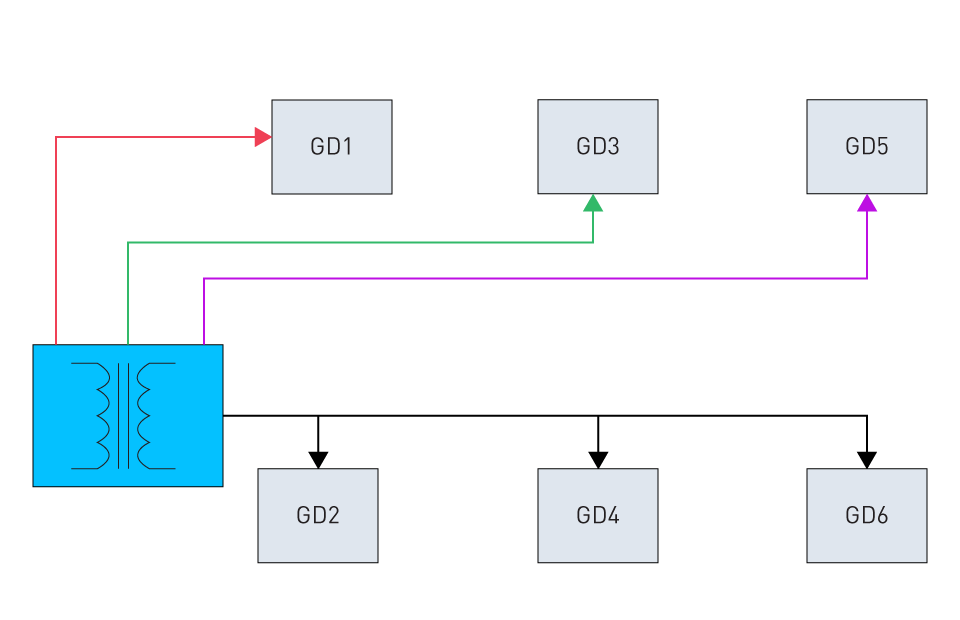
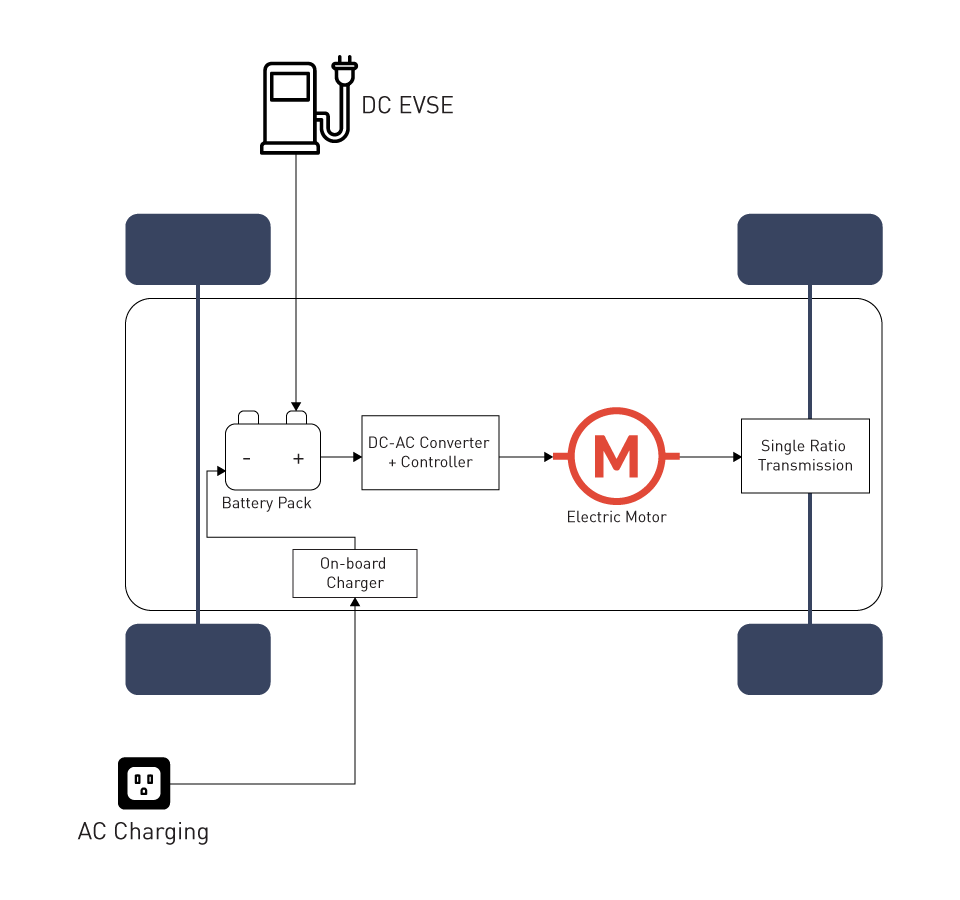
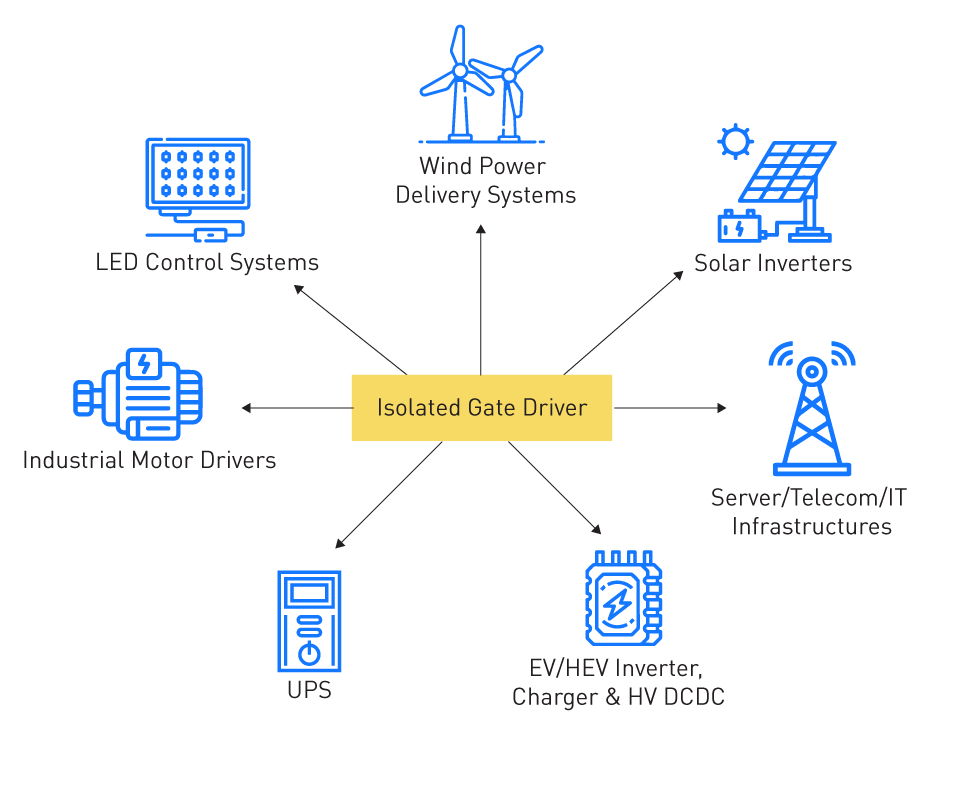
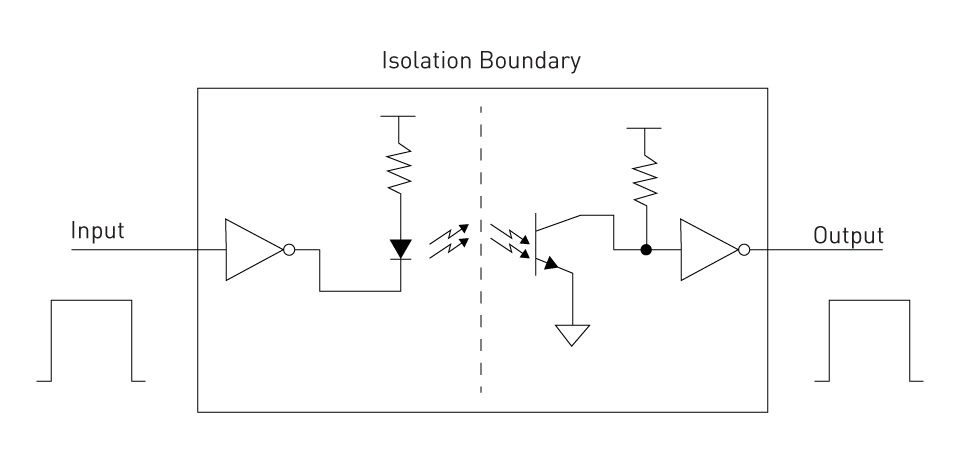
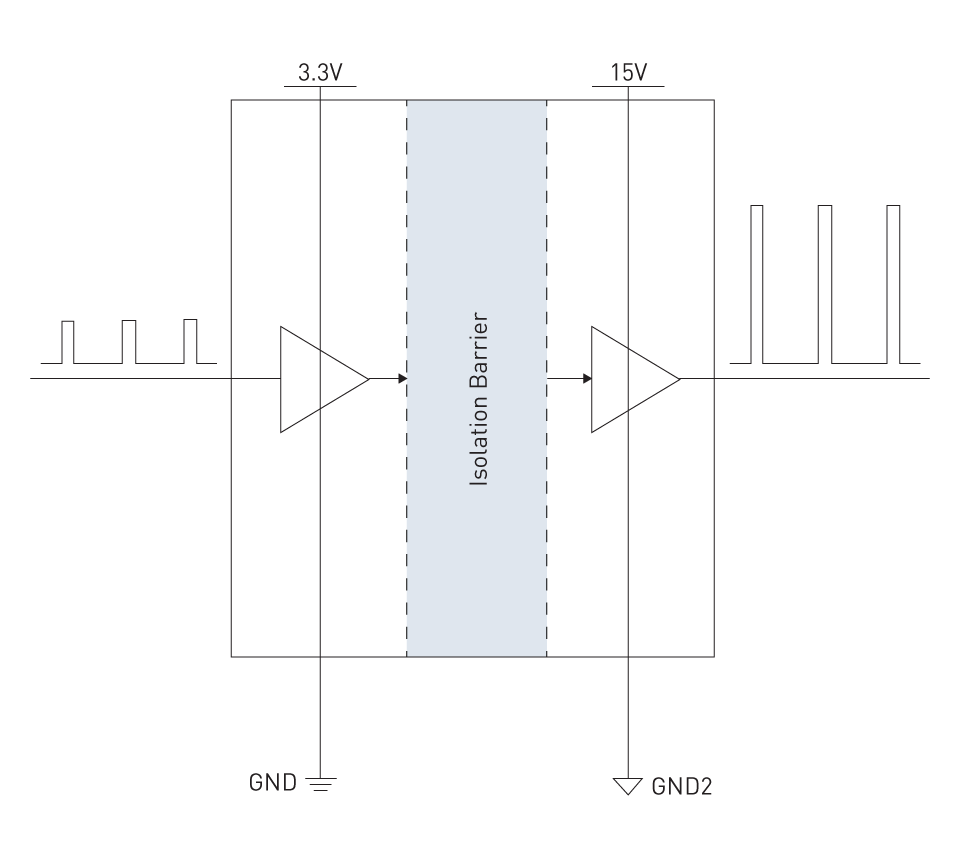
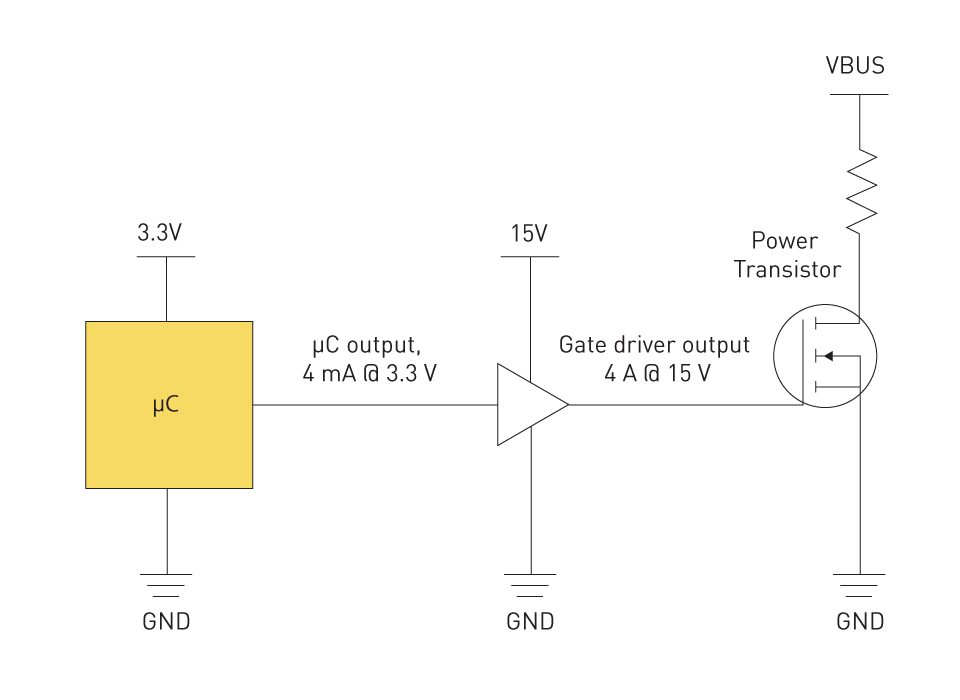
直接登录
创建新帐号